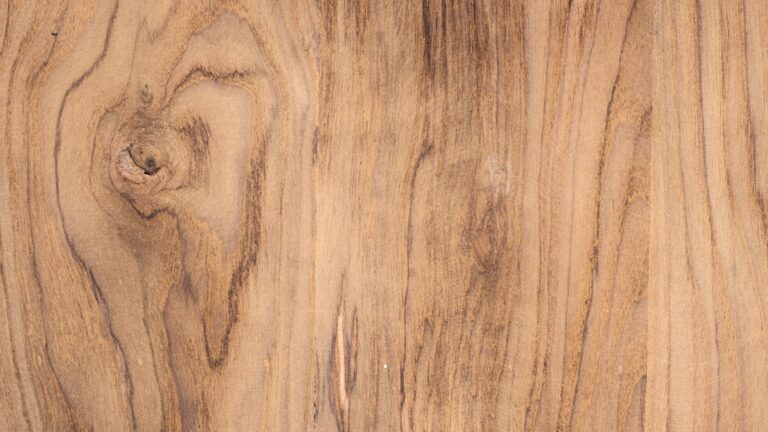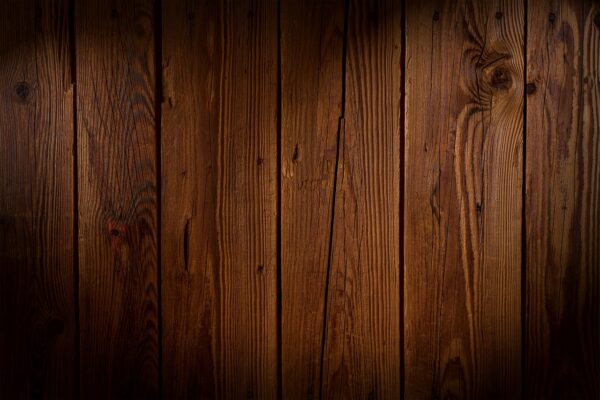If you’re a beginner woodworker, you’re probably learning pretty quickly that some woods are far easier to achieve good results with than others.
The grain of a wood species, its hardness, and several other traits all come together to make a timber that will behave drastically different than any other when you put it to the table saw or start whittling away with a router.
Today, we’re going to go over the different traits of Teak timber and how well beginners tend to handle it. Let’s get started.
The Traits of Teak
Teak is a pretty unique hardwood. It has a high silicon content that helps boost its strength, its woodgrain is exceptionally tight, and it tends to be rather straight in comparison to the woods it’s typically substituted with.
Additionally, it is considered to be highly resistant to decay. It can be easily worked with hand tools, and it has a beautiful golden brown color that develops a lustrous patina over time.
Teak is often used by hardwood suppliers like Alderfer Lumber Co. for furniture, flooring, and other applications that require strong, durable wood. It is also naturally resistant to rot, decay, and termites, making it an excellent choice for outdoor applications.
In addition to being rare and valuable, it is also more expensive because of its high quality. That means that, while the points we cover in the following sections are true, you’ll also have to consider what every possible mistake might cost you.
Ease of Sanding:
Teak sands extremely well, and its solid surface with a tight grain means that, even without power tools, you can easily get an extremely fine surface just by rubbing it down with increasingly high-grit sandpaper.
In fact, using power sanders is somewhat discouraged, because it’s so easy to sand that it’s not worth the risk of overdoing it.
Ease of Planing:
This is where the tight, straight woodgrain comes in. When you need to plane Teak into thinner boards or veneers, you shouldn’t have much problem as long as you use a sharp blade. It doesn’t tend to split and splinter like other woods when you cut it into sheets or shave material off of the top.
Ease of Cutting:
This is the big one. Cutting tends to be where most beginners mess up the most, and when you’re talking about an expensive wood such as Teak, some cutting mistakes can be very costly; bloating project budgets and discouraging you from continuing as a woodworker.
However, beginners will be happy to know that Teak cuts extremely cleanly with a sharp saw and the finish is similar to that achieved with cnc woodcutting process. As we said in the planning section, it doesn’t even split or splinter. So, as long as you’re very careful when planning your cuts, you shouldn’t have any problems.
On the other hand, its high silicon content makes it prone to dulling blades quickly. So, keep an eye on the sharpness of your tools. Even Teak can suffer tears if you take a dull blade to it.
Ease of Staining:
With teak being a lighter color, it can pick up most stains relatively easily, and it’s usually not necessary to do more than two coats. However, you do need to be careful, because its light coloring also means mistakes will show up far more easily.
Teak is Beginner-Friendly
Teak is an exceptionally beginner-friendly wood. As long as you take care of your tools and use solid techniques, you won’t have half the problems you do with other woods. Just be careful to plan out projects, because it’s expensive if you mess up.





